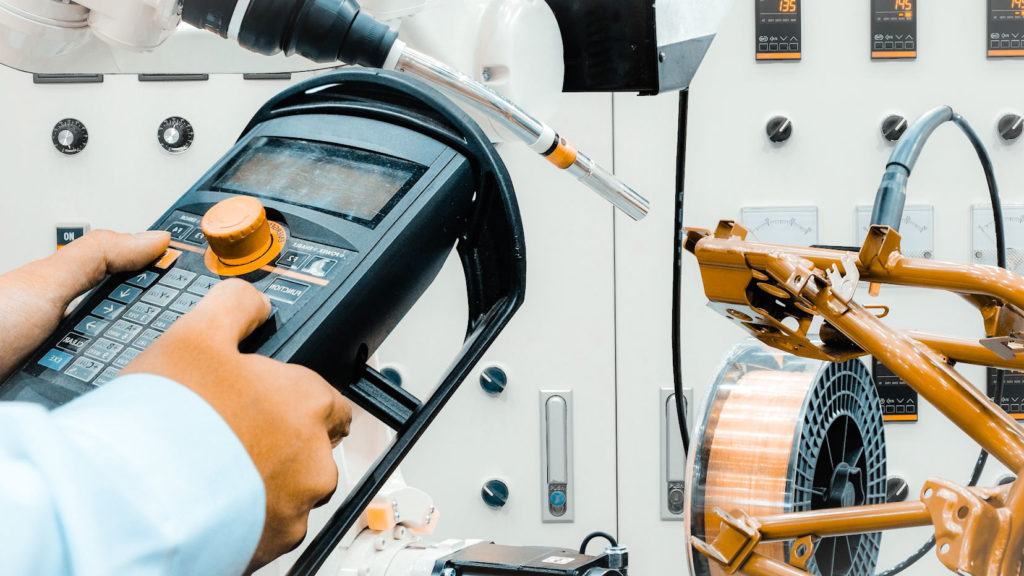OpenCV物体识别与增强现实:虚拟世界与现实场景的融合
发布时间: 2024-08-12 06:50:21 阅读量: 24 订阅数: 46 


# 1. OpenCV图像处理基础**
OpenCV(Open Source Computer Vision Library)是一个开源计算机视觉库,提供广泛的图像处理和计算机视觉算法。它在图像处理、物体识别、增强现实等领域有着广泛的应用。
OpenCV的基本图像处理功能包括图像读取、转换、缩放、裁剪、旋转、翻转、颜色空间转换、直方图均衡化等。此外,它还提供图像增强功能,如锐化、模糊、边缘检测、形态学操作等。这些功能为后续的物体识别和增强现实应用奠定了基础。
# 2. 物体识别原理与算法
### 2.1 物体识别概述
物体识别是计算机视觉领域的一项基本任务,其目标是识别图像或视频中存在的物体。物体识别广泛应用于图像搜索、视频监控、自动驾驶等领域。
### 2.2 传统物体识别算法
传统物体识别算法主要基于手工特征提取和分类器训练。
**手工特征提取**
手工特征提取需要领域专家设计特征提取器,从图像中提取具有判别力的特征。常用的手工特征包括:
- **颜色直方图:**统计图像中不同颜色出现的频率。
- **纹理特征:**描述图像中纹理的统计特性,如局部二值模式(LBP)。
- **形状特征:**描述图像中物体的形状,如轮廓、面积、周长。
**分类器训练**
提取特征后,使用分类器对物体进行分类。常用的分类器包括:
- **支持向量机(SVM):**一种线性分类器,通过寻找最大间隔超平面来区分不同类别的物体。
- **决策树:**一种树形结构分类器,通过递归地划分特征空间来构建决策边界。
- **随机森林:**由多个决策树组成的集成分类器,通过投票机制提高分类准确率。
### 2.3 深度学习物体识别算法
深度学习物体识别算法基于卷积神经网络(CNN),是一种端到端学习方法。CNN可以自动从图像中学习特征,并直接进行分类。
**卷积神经网络(CNN)**
CNN由卷积层、池化层和全连接层组成。卷积层使用卷积核在图像上滑动,提取局部特征。池化层对卷积层的输出进行降采样,减少计算量。全连接层将卷积层的输出展平,并使用神经网络进行分类。
**深度学习物体识别流程**
深度学习物体识别流程如下:
1. **数据预处理:**对图像进行缩放、裁剪等操作,使其符合模型输入要求。
2. **特征提取:**使用CNN从图像中提取特征。
3. **分类:**使用全连接层对提取的特征进行分类。
**优势**
深度学习物体识别算法具有以下优势:
- **端到端学习:**无需手工特征提取,自动学习图像中的特征。
- **鲁棒性强:**对图像的旋转、缩放、遮挡等变化具有较强的鲁棒性。
- **准确率高:**在大型数据集上训练后,可以达到很高的分类准确率。
# 3.1 图像预处理与特征提取
### 图像预处理
在进行物体识别之前,图像预处理是至关重要的。它可以去除图像中的噪声和干扰,增强图像中感兴趣区域的特征,从而提高物体识别的准确性。OpenCV提供了丰富的图像预处理函数,包括:
- **图像转换:**将图像从一种颜色空间(如RGB)转换为另一种颜色空间(如灰度或HSV)。
- **图像平滑:**使用卷积核对图像进行平滑处理,去除噪声。
- **图像锐化:**使用拉普拉斯算子或其他锐化算子增强图像中的边缘和细节。
- **图像二值化:**将图像转换为黑白图像,其中像素值只有0(黑色)或255(白色)。
- **图像形态学操作:**使用形态学内核对图像进行膨胀、腐蚀、开运算和闭运算等操作。
### 特征提取
特征提取是物体识别中的关键步骤。它从图像中提取具有判别性的特征,这些特征可以用来区分不同的物体。OpenCV提供了各种特征提取算法,包括:
- **直方图:**计算图像中像素值分布的直方图,可以表示图像的整体颜色或纹理信息。
- **局部二值模式(LBP):**比较图像中每个像素与其周围像素的值,生成一个二进制模式,可以捕获图像的局部纹理信息。
- **尺度不变特征变换(SIFT):**提取图像中具有尺度不变性和旋转不变性的关键点,并计算其描述符。
- **加速稳健特征(SURF):**类似于SIFT,但计算速度更快,适用于实时应用。
- **ORB(定向快速二进制模式):**一种快速、鲁棒的特征提取算法,适用于移动设备等资源受限的平台。
### 代码示例
以下代码示例演示了如何使用OpenCV进行图像预处理和特征提取:
```python
import cv2
# 图像预处理
image = cv2.imread('image.jpg')
gray = cv2.cvtColor(image, cv2.COLOR_BGR2GRAY)
blur = cv2.GaussianBlur(gray, (5, 5), 0)
# 特征提取
hist = cv2.calcHist([gray], [0], None, [256], [0, 256])
lbp = cv2.xfeatures2d.LBP_create(radius=1, npoints=8, uniform=True)
lbp_hist = lbp.compute(gray)
sift = cv2.xfeatures2d.SIFT_create()
```
0
0





